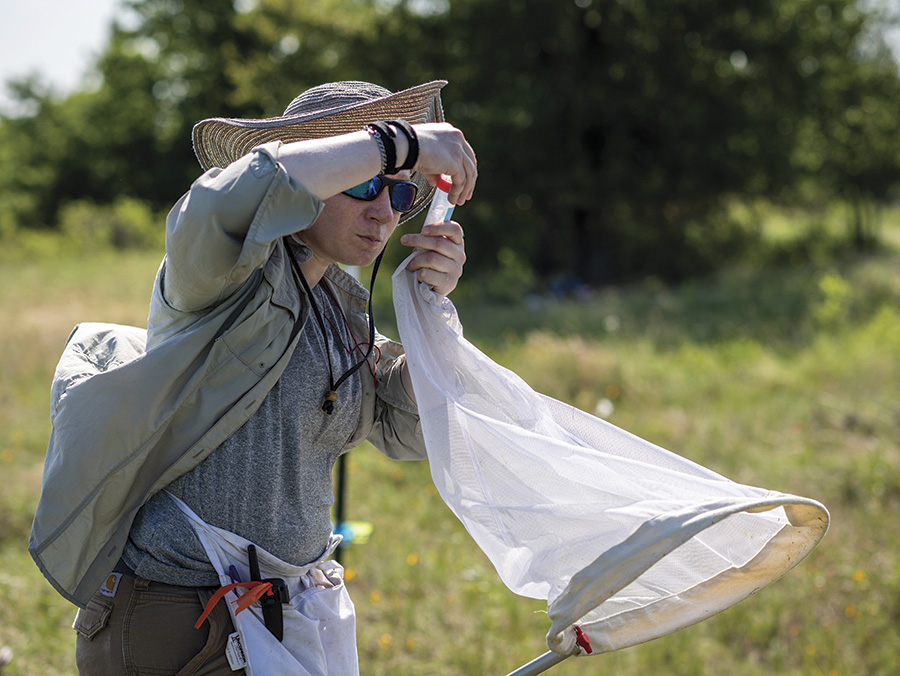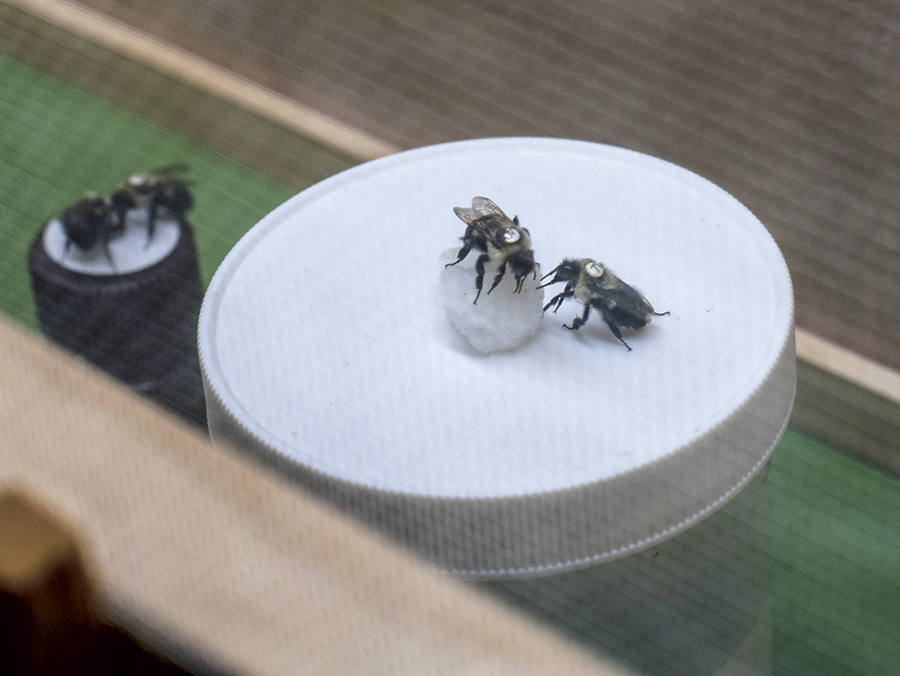Lu Liang, assistant professor of geography and the environment, is using citizen scientists to help test whether there is a correlation between
heat and air pollution. Through her project, she's deploying a low-cost sensor network
throughout Denton County to obtain granular measurements of heat and air pollution,
particulate matter with a diameter of 2.5 microns or less -- tiny particles of pollution
that are detrimental to human health when inhaled. The data will then be available
to researchers and citizens through an online open access map that shows air quality
changes wherever the sensors are installed. Temperature information will be gained
through other sources.
"We are trying to understand exactly what's happening in our city and how to better,
more accurately measure exposure to heat and pollution," Liang says.
Additionally, Alexandra Ponette-González, associate professor of geography and the environment, is studying the particles in
the air that are transported from the atmosphere to the surface of the earth in precipitation.
Every time it rains, millions of tiny particles hitchhike on the falling water droplets.
This water contains a large and diverse community of organisms such as bacteria, fungi
and even tardigrades along with non-living particles like dust, soot, microplastics
and radioactive material. What's in our rainwater can have major implications for
how ecosystems work, from economic impacts on agricultural crop yields to environmental
effects of pollutants.
"We're improving our understanding of how changes in air quality due to urban pollution,
increasing wildfires and dust storms affect the ecosystems we depend on for clean
air, water and well-being," Ponette-González says. "We're also interested in the ways
and contexts in which vegetation can mitigate urban environmental problems, including
air pollution and climate warming."


